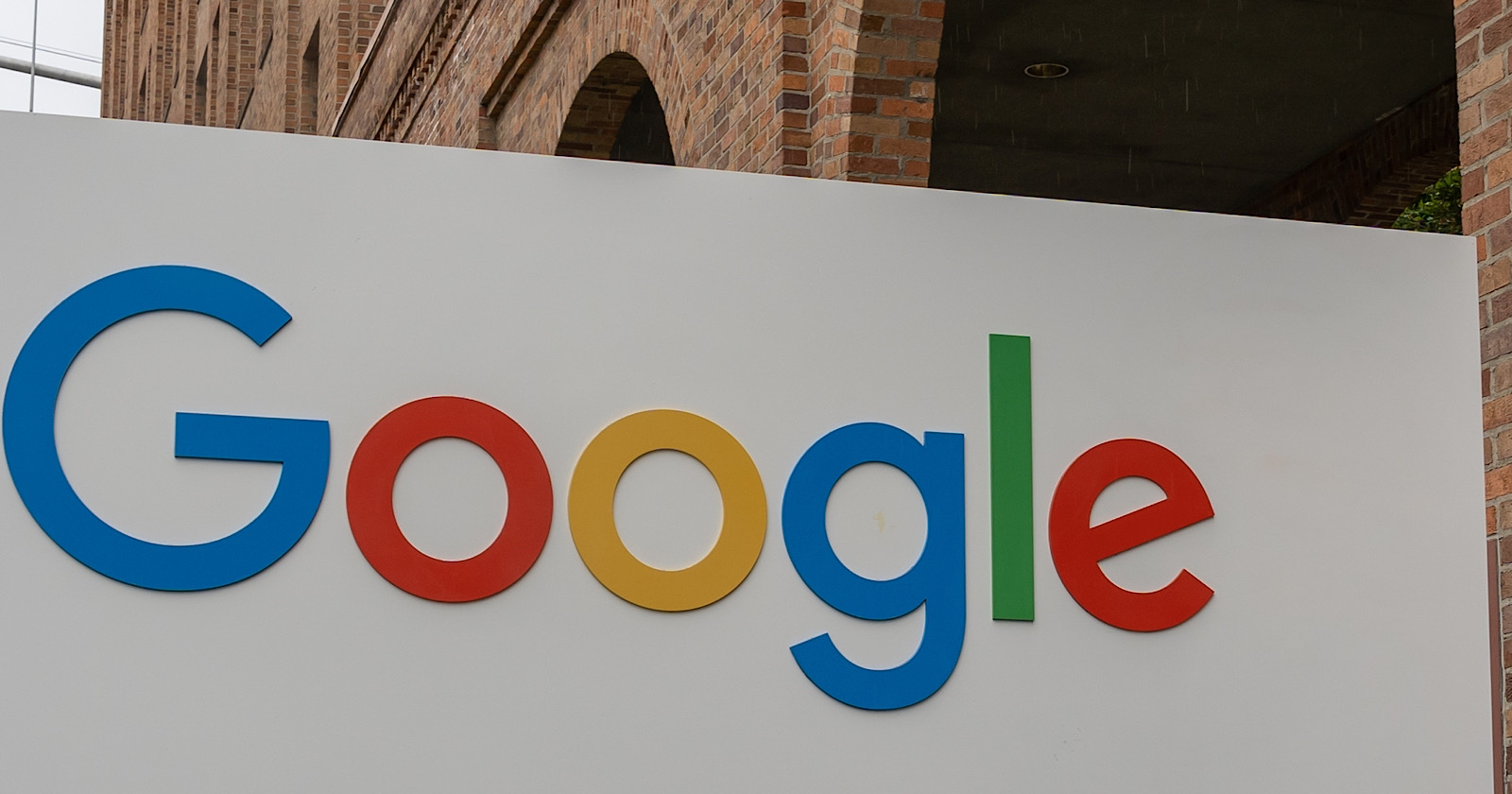New findings reported by The Wall Street Journal reveal that approximately 80% of the ads YouTube serves across the web have breached its own terms of service, making them subject to refunds.
This could cost Google billions of dollars, adding to the company’s existing troubles, such as a growing discontent with search results and two ongoing antitrust lawsuits.
Google refutes claims made in the report, saying its methods are inaccurate.
Google’s YouTube Advertising Practices Under Scrutiny
Advertisers pay YouTube to display their ads on the platform before or after videos. However, according to research by Adalytics, about half of those ads are not actually shown on YouTube.
YouTube also shows ads on other websites and mobile apps through its “Google Video Partners” program. Google claims that these third-party sites provide the same ad experience as YouTube, with audio-enabled, fully visible ads that can be skipped.
However, Adalytics found that ads on these partner sites are muted 80% of the time, autoplay off to the side of the screen, and cannot be skipped. In other words, the ads advertisers pay YouTube to display are not receiving the exposure or experience that YouTube promises.
The financial impact is substantial. Brands usually pay about $100 for every 1,000 views of their ads on third-party sites, expecting high-quality ad placements. However, Adalytics found that lower-quality ads were typically shown instead, selling for only $5 per 1,000 impressions.
In other words, brands are paying a premium price expecting their ads to be prominently featured on YouTube. But in reality, more than half of their ad budgets are spent to show inferior ads on non-YouTube properties.
This difference in price and quality represents a major discrepancy costing advertisers a lot of money.
Ads Running On Low-Quality Sites
The Adalytics study examines ad campaigns from over 1,100 major brands, representing billions of ad impressions, between 2020 and 2023.
Large brands with ads inappropriately placed on disreputable websites include Johnson & Johnson, American Express, Samsung, Sephora, Macy’s, Disney+, and The Wall Street Journal.
Even government organizations such as Medicare, the U.S. Army, the Social Security Administration, and New York City municipal agencies were impacted.
Their ads were found on websites spreading misinformation, hosting pirated content, and other low-quality sites. This contradicts Google’s pledge that ads would only appear on high-quality, carefully screened sites.
In response, advertisers seem justifiably upset and are taking action to get their money back for these inappropriate ad displays. This threatens to damage Google’s relationships with advertisers and credibility in the ad market.
Joshua Lowcock, global chief media officer at ad agency UM Worldwide, tells The Wall Street Journal:
“This is an unacceptable breach of trust by YouTube. Google must fix this and fully refund clients for any fraud and impressions that failed to meet Google’s own policies.”
Google’s Response
Google released a statement refuting claims made by Adalytics.
Google said the report used “unreliable sampling and proxy methodologies” and claims about the Google Video Partners (GVP) network were “extremely inaccurate.”
Google wants to clarify that the “overwhelming majority” of video ad campaigns run on YouTube, not GVP.
GVP is a small, separate network used to help advertisers reach additional audiences and increase campaign reach by over 20%.
Advertisers have full control and transparency over their GVP campaigns, Google said.
They can opt out of GVP anytime, exclude specific websites, and get real-time reporting on where their ads appear and how much is spent on YouTube versus GVP.
Google also defended GVP ad quality and viewability, saying over 90% of GVP ads are viewable, well above industry averages.
Google partners with third parties DoubleVerify and Moat to validate GVP ads.
Between its internal enforcement and third-party verification, Google says advertisers can feel confident in their ad placements on GVP.
Potential Consequences and Repercussions
The revelations from the Adalytics report could have the following far-reaching consequences for Google, its advertisers, and the digital advertising industry.
Loss of Trust & Credibility
Google’s reputation could suffer because of these results. Advertisers may lose faith in Google’s promise to offer high-quality ad spots.
This loss of trust might lead advertisers to spend their money differently. They could advertise on different platforms or demand stronger rules to ensure high-quality ads are placed well.
Impact On Google’s Revenue
Google may have to pay back billions of dollars to advertisers due to issues with its ad systems.
This could substantially reduce Google’s revenue at a time when the company is facing other problems. Google’s search ad business is weakening, and the company also faces several antitrust lawsuits.
Regulatory Scrutiny & Legal Action
The report from Adalytics could encourage government regulators to investigate Google’s advertising systems and policies more thoroughly.
This increased scrutiny could potentially result in Google receiving financial penalties or other punishments.
Advertisers may also pursue legal claims against Google to recover the money they lost or to force Google to revise how it places ads to prevent future issues.
Changes to the Digital Advertising Ecosystem
The problems identified in the report show that more transparency and oversight are needed in how digital ads are bought and sold.
There are a few ways this could be addressed:
- New industry best practices or rules could be established to hold companies to higher standards.
- New technologies could be developed to verify better that ads are appearing alongside appropriate content.
- Governments could pass laws or regulations mandating more transparency and accountability.
The overall goal would be to ensure advertisers get what they’re paying for.
Google’s Next Moves?
To address the criticism and backlash, Google may have to put more effort and resources into improving how it places and monitors ads.
Some options could include the following:
- Thoroughly screening the websites where Google ads appear.
- Being more transparent about how and where ads are targeted.
- Closely watch where ads appear to ensure they appear alongside appropriate content.
If Google can fix these problems, it may be able to win back advertisers’ confidence, repair its reputation, and avoid losing more money.
Featured Image: JHVEPhoto/Shutterstock




